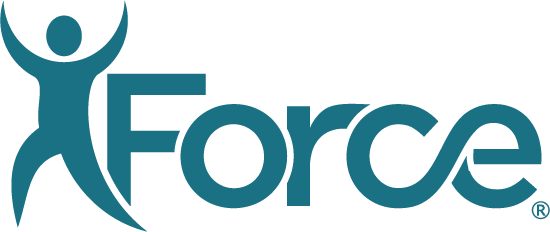As healthcare in the U.S. continues to shift from fee-for-service (FFS) models toward value-based care (VBC), collecting and reporting comprehensive and accurate patient data throughout the episode of care has become essential to demonstrating the quality and cost of care.
Many providers have also looked toward specialized certification and accreditation organizations, such as The Joint Commission, as a means of implementing and validating care coordination and improvement initiatives. According to The Joint Commission, some benefits of certification include:
- Improving patient care quality by standardizing clinical processes
- Providing frameworks for program structures and management
- Offering an objective assessment of clinical excellence
- Fostering team cohesion and skill development
- Promoting a culture of continuous improvement
- Enhancing marketing capabilities and contract negotiation opportunities
- Boosting community confidence in care quality and safety
- Fulfilling regulatory requirements in some states
As the U.S. healthcare system slowly but surely moves toward mandatory bundled payment models and other alternative payment systems, advanced orthopedic certifications will increasingly represent proof of care excellence, enabling care organizations to implement and maintain continuous and iterative care improvement programs. Moreover, organizations that are able to secure such certifications will also find it fairly straight-forward to adhere to a variety of upcoming regulatory updates and CMS mandates focused on care quality and value.
Certification Ensures Future Regulatory Compliance
One organization that has seen tremendous success with advanced certifications in recent years is Hartford HealthCare. High-capture data collection and reporting has supported several of Hartford HealthCare’s sites of service in obtaining or maintaining advanced orthopedic certifications, including for hip and knee joints, spine, and shoulder care programs; for example, the MidState Medical Center was the first in the country to receive Advanced Spine certification in 2021, while the Bone & Joint Institute became the first in Connecticut and New England to receive all four orthopedic certifications offered by The Joint Commission.
All Hartford HealthCare sites also participate in American Joint Replacement Registry (AJRR) submissions, and one site is also an active participant in the Comprehensive Care for Joint Replacement (CJR) model, all of which are supported by high compliance and automated data collection and shipping via Force Therapeutics.
A strong digital care infrastructure ensures Hartford HealthCare is well-prepared for increasingly complex data requirements, including value-based innovative payment models and quality reporting requirements under the Hospital Inpatient Quality Reporting (IQR) program, which become mandatory in 2025.
Reimbursement regulations and payors continue to shift toward VBC models and quality mandates in an effort to incentivize higher standards of care and reduce the cost burdens of the national healthcare system. Forward-looking and digitally enabled care organizations like Hartford HealthCare will be able to remain agile and well prepared in a dynamic regulatory landscape and a rapidly evolving orthopedic care ecosystem, all while delivering the best care and experience possible to patients and achieving substantial cost and operational efficiencies.
Digital Care Facilitates Advanced Certification and Quality Care, Study Shows
Even as patient volumes expanded and regulatory requirements increased, Hartford HealthCare teams have been able to achieve immensely impressive results when it comes to patient engagement, education, experience, and outcomes, maintaining high care standards despite expanding patient volumes and the financial restrictions being experienced across the US healthcare ecosystem.
This was highlighted in a recent study analyzing Hartford healthCare’s digital care experience across more than 14,000 patients, with 85% of patients opting in to use the platform, 77% enabling SMS reminders to complete tasks and review education materials, and 87% registering pain entries.
In addition, average patient compliance with patient-reported outcomes (PROs) was 80% across all intervals, and average PROs compliance at 1Y was 75% across hip, knee, lumbar spine, cervical spine, and shoulder patients. 96% of patients reported being “very prepared” or “prepared” for their procedure, while 98% reported a “very good” or “good” experience at the facility. Average patient satisfaction with the procedure and the platform was 4.6/5 and 4.3/5, respectively.
Also observed in the study were distinct and clinically significant improvements in pain, function, mental health, and activities of daily living, as well as marked declines in disability scores. For example, nearly 80% of hip patients met the HOOS Jr. minimal clinically important difference (MCID) at 1Y post-operatively, and patient-reported pain declined by 55% at 12W on average.
Interested in learning more and exploring the data? Download the full study below.



